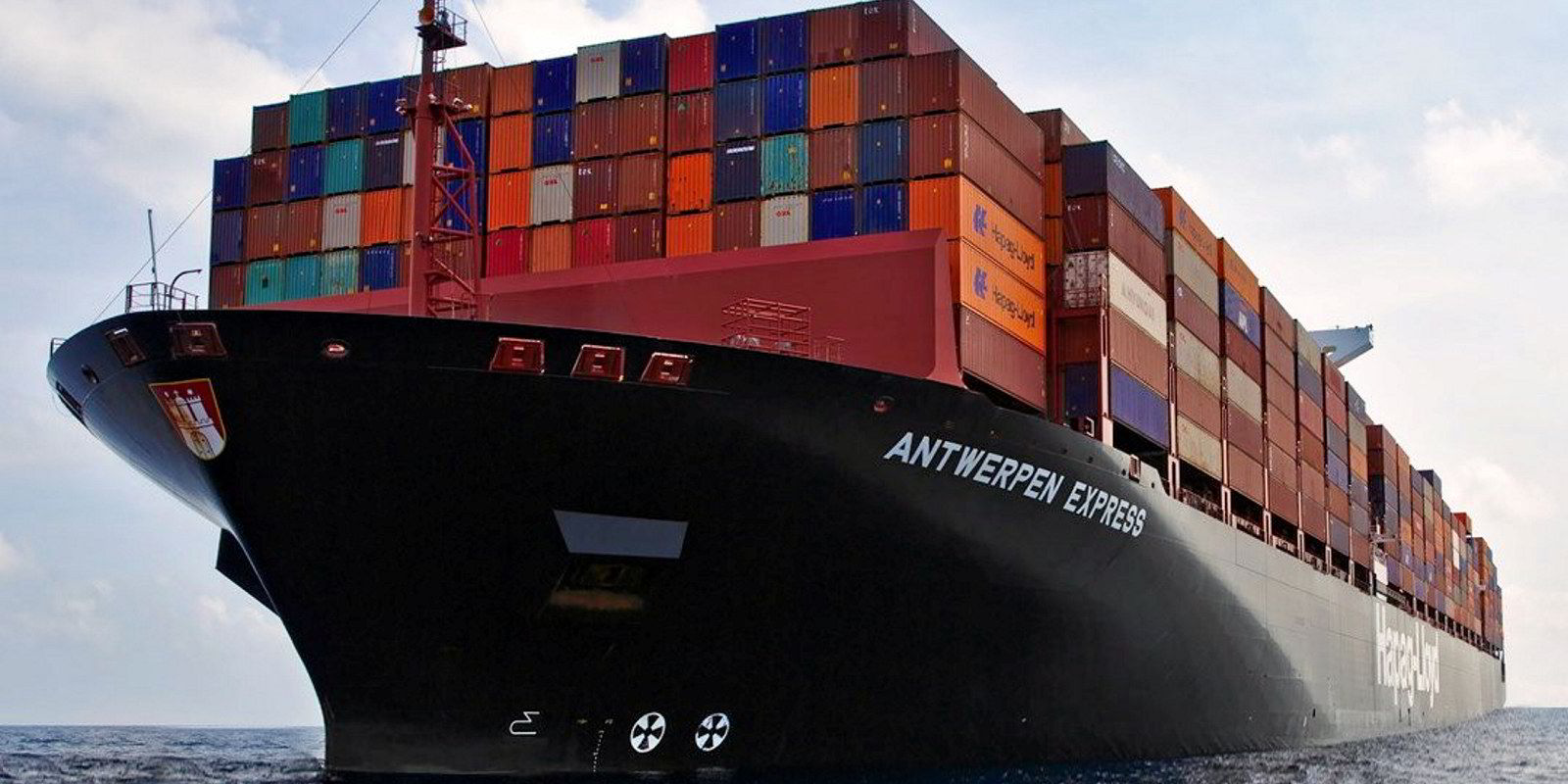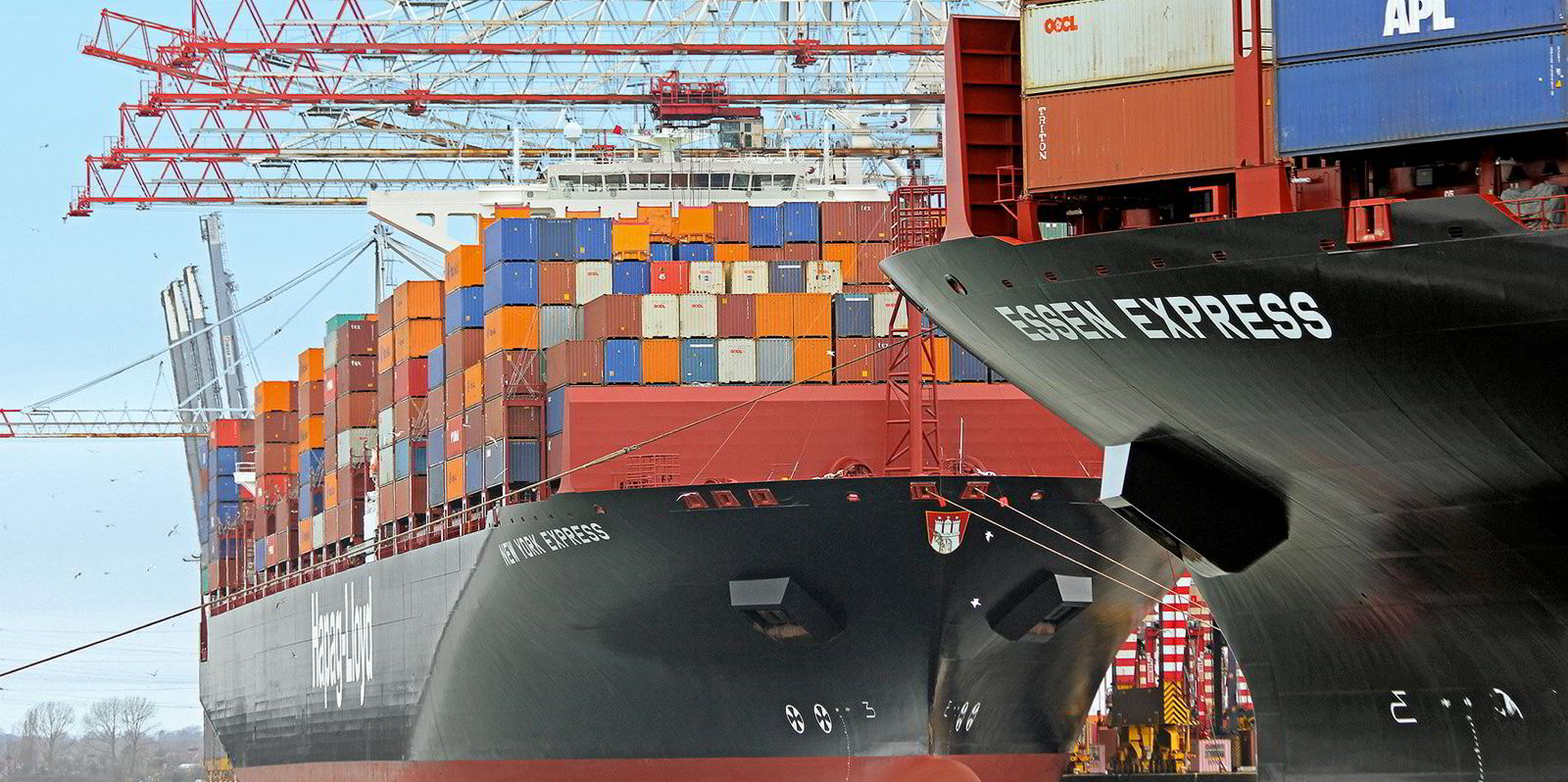The number of listed carriers with a market capitalisation of more than $10bn has dwindled from seven to three, according to Alphaliner.
Only Denmark’s AP Moller-Maersk, Germany’s Hapag-Lloyd and Chinese giant Cosco Shipping retain a large-cap rating.
That is down from seven in May 2022, when four other Asian container shipping companies entered the “big cap” league.
Investors have shaved $135bn off the stock valuation of the 11 largest publicly traded companies in the past 18 months, container shipping analyst Alphaliner estimates.
Today, those carriers collectively have a combined market capitalisation of just under $110bn, versus $243bn in May 2022.
The decline in value has pushed Taiwan’s Evergreen Marine, Yang Ming Marine Transport, Wan Hai Lines and South Korea’s HMM back to mid-cap territory ($2bn to $10bn).
Israeli liner operator Zim — which briefly entered the mid-cap league — is again ranked small-cap.
Its market capitalisation fell below the $2bn threshold in June and the company is now valued at $1.16bn.
Idle fleet grows
While share prices have fallen, the number of inactive container vessels is growing.
Boxship capacity marked as inactive reached 1.18m teu, or 4.3% of the cellular container fleet, according to Alphaliner.
The rise to 315 ships was boosted by the idling of several large units over 12,500 teu.
Commercially idle units now comprise 40% of the total inactive fleet, up from 34% a fortnight earlier.
Most of the idle tonnage is carrier-controlled.
The rising numbers of inactive ships have taken the tally over 1m teu for the first time since April. However, the number is still down from 1.68m teu in February this year.





